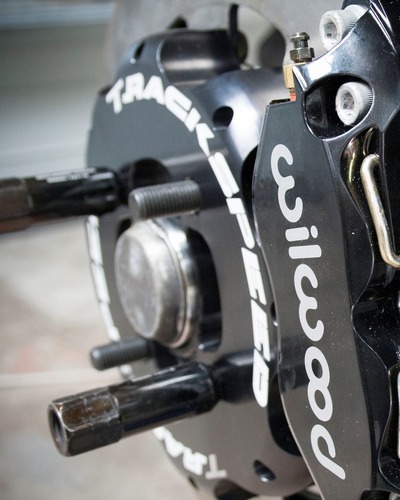Today let’s talk about myths about car brake pads. There is much debate about what is true and what is not. Here are the most popular and their refutations.
Myth #1 – Brake systems are the same for all drivers.
In order to control caliper and disc temperatures on sports cars, each team needs different types of venting depending on the aerodynamic needs of each individual car. To meet these needs Brembo investigates specific solutions for the disc ventilation channels. Moreover, since even in the same team there may be drivers with different braking styles (some drivers use a car style, with initially intense and then decreasing braking; others prefer the opposite approach), two teammates may use different friction materials and different discs. For “non-athletes,” these rules also apply.
Myth #2: Once brake fluid has “boiled over,” it will be usable again when it cools down.
Once the brake fluid in the caliper has boiled – it has lost a significant percentage of its original boiling point and must be replaced. It is not necessary to change all the fluid in the system. It is enough to drain the fluid that is in the calipers.
Myth #3: Brake systems are very heavy compared to those used in F1, DTM and GT championships. (INAUDIBLE).
One might assume that cars weighing more than a ton and a half require impressive braking systems to brake. However, Brembo’s 6-piston front caliper for Short Track cars weighs only 2.8 pounds, and the front 4-piston caliper for the Super Speedway weighs no more than 2.3 pounds. Cast-iron rims obviously weigh more than the carbon ones used in Formula 1: a 328mm diameter and 42mm thick disc for NASCAR short track races weighs 10.5kg, while an ultra-lightweight 328mm diameter and 28mm thick disc for Super Speedway weighs 4.9kg.
Myth #4. Ceramic brake pads should only be fitted in conjunction with ceramic brake discs.
This assumption is fundamentally wrong, since ceramic pads originally appeared on the world market as a variation of the standard part. Ceramic pads fit perfectly with traditional metal discs and work reliably in conjunction with them.
Myth #5. The brake system is made of steel.
Most brake discs are made of cast iron, while others are made of carbon fiber. Manufacturers favor cast iron because it is inexpensive and has better frictional qualities than, for example, steel. Carbon or carbon fiber brakes are put on cars to reduce weight, or in conditions of high loads. Carbon is often used to make the braking system of sports cars, and these discs can easily withstand high temperatures.
So, don’t believe the myths right away, but check them out. And what myths do you know?

